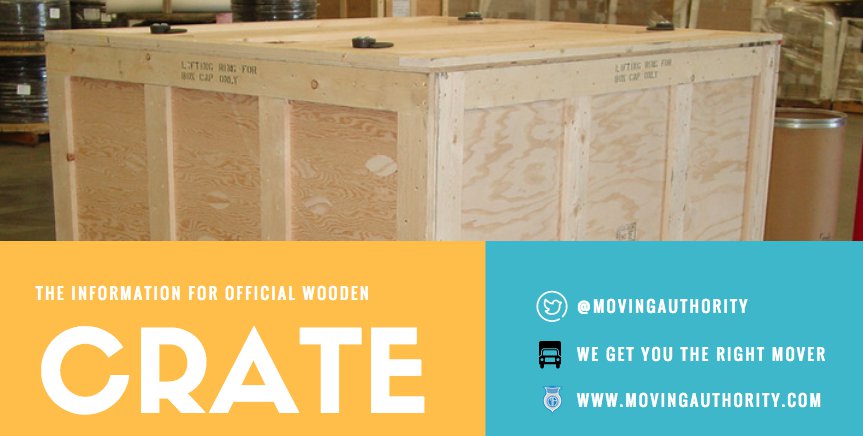The Benefits of Wooden Moving Crates

The Wooden Moving Crates
- Wooden Crating is One Option to Secure & Protect Your Belongings
- Why Use Wooden Shipping Crates?
- When Should Wooden Moving Crates Be Used?
- Wooden Shipping Crate Costs Will Vary
- Eco-Friendly & Re-Usable
1. Wooden Crating is One Option to Secure & Protect Your Belongings
During a move, you always want the best for your belongings. We often go to great lengths to ensure the safety of them. Generally, we think that regular packing materials will do the trick, using lots of tape and bubble wrap. However, other measures may be taken to protect your items, especially your most fragile. Many consider the use of wooden moving (or shipping) crates an extra way of ensuring safe delivery. Wooden crates are a way of protecting items, specifically heavy, sentimental, or fragile inventory.
2. Why Use Wooden Shipping Crates?
Wooden moving crates are designed to fit the sizes of fragile or high-value inventory. Although wooden crating is an excellent means of protection it can also be fairly expensive. The cost of wooden crates can be higher, especially if they're custom built. However, having your sentimental items protected by a wooden crate seems worth the expenses of utilizing wooden shipping crates. Often times, professionals will recommend wooden crating if need be although you can always request wooden crating. It is important to be specific in regards to your needs, when requesting a crate, make sure to specify you would like a wooden one. In this industry, there are many means of shipping fragile items which are why it's important to be detailed in your plans.
3. When Should Wooden Moving Crates Be Used?
The idea of wooden crating is to provide extra protection for items inside. Some items such as glass will not likely survive the journey of a long distance move without proper protection. This is why the idea of using wooden crates has become such a popular trend. Wooden crates are stronger, sturdier, and more viable when it comes to shipping some items. They are the epitome of fortification. Wooden shipping crates are great for fragile items as well as heavy items. Typically items that have sharp edges are crated as well. This protects other items from being punctured or ripped and can deter a moving disaster. They are often used for freight shipping as well. While using wooden crates are not everyone's choice of extra protection, customers often do choose to use wooden crate items of their choice.
4. Wooden Shipping Crate Costs Will Vary
Be aware that the cost of wooden crates is not included in moving quotes typically. The minimum amount for wooden crating is around $70 or so depending on the size and need for customization. The movers will usually measure the item and build the wooden shipping crate from scratch to meet the requirements of your items. Though the extra expense varies based on the necessities of your wooden shipping crate, customers often find them very useful before and after a move. If you are considering wooden crating options, think about whether it is worth the cost for you. Talking to your movers about crating is an excellent option, though it is not the only one. Communicating with your moving company will greatly improve the protection of fragile, heavy, or sentimental items.
5. Eco-Friendly & Re-Usable
When everything is all said and done, movers tend to break down and get rid of crates when the move is over. Instead of letting the mover keep them, ask the movers to give you the wooden shipping crate you paid for. This way you can use them to your advantage, whether it's the next time you move or to keep them for storage.
Another huge benefit of using wooden crates is that they are environmentally sustainable. Disposing of cardboard or plastic shipping crates isn't exactly the healthiest for Mother Earth. There are many instances that wooden crates could even be used for other things or projects as well.

Another huge benefit of using wooden crates is that they are environmentally sustainable. Disposing of cardboard or plastic shipping crates isn't exactly the healthiest for Mother Earth. There are many instances that wooden crates could even be used for other things or projects as well.

Add Comment